Regulatory Support for New Treatments
Regulatory support for the approval of new migraine treatments is a crucial driver for the migraine drugs market. The German regulatory framework has become increasingly favorable for the introduction of innovative therapies, streamlining the approval process for new medications. This supportive environment encourages pharmaceutical companies to invest in the development of novel migraine drugs. In 2025, it is anticipated that several new treatments will receive approval, further diversifying the options available to patients. The migraine drugs market stands to benefit from this trend, as the introduction of new therapies can enhance competition and drive down costs, ultimately improving patient access to effective treatments.
Advancements in Pharmaceutical Research
Innovations in pharmaceutical research are significantly impacting the migraine drugs market. The development of new drug formulations and delivery systems has led to the introduction of more effective treatments. For instance, the emergence of CGRP inhibitors has revolutionized migraine management, offering patients new hope for relief. The migraine drugs market is witnessing a surge in investment, with pharmaceutical companies allocating substantial resources to research and development. In 2025, it is projected that the market will reach €1.5 billion, driven by these advancements. Additionally, the collaboration between academic institutions and pharmaceutical firms is fostering a conducive environment for breakthrough therapies, enhancing the overall treatment landscape for migraine sufferers.
Growing Prevalence of Migraine Disorders
The increasing prevalence of migraine disorders in Germany is a primary driver for the migraine drugs market. Recent studies indicate that approximately 12% of the population suffers from migraines, with women being disproportionately affected. This high incidence rate necessitates effective treatment options, thereby propelling demand for migraine medications. The migraine drugs market is likely to experience growth as healthcare providers seek to address this widespread health issue. Furthermore, the economic burden associated with migraines, estimated at €10 billion annually in lost productivity and healthcare costs, underscores the urgency for innovative therapies. As awareness of migraine disorders rises, patients are more inclined to seek medical assistance, further stimulating the market for migraine drugs.
Rising Awareness and Education Initiatives
Increased awareness and education regarding migraine disorders are pivotal in driving the migraine drugs market. Campaigns aimed at educating the public about migraine symptoms, triggers, and treatment options have gained momentum in Germany. Healthcare organizations and patient advocacy groups are actively promoting awareness, which encourages individuals to seek medical advice. This heightened awareness is likely to lead to an increase in diagnosed cases, thereby expanding the patient base for migraine treatments. The migraine drugs market benefits from this trend, as more patients are likely to explore available therapeutic options. As a result, the demand for effective migraine medications is expected to rise, contributing to market growth.
Integration of Telemedicine in Treatment Plans
The integration of telemedicine into treatment plans is transforming the migraine drugs market. With the rise of digital health solutions, patients can now consult healthcare providers remotely, facilitating timely access to care. This trend is particularly beneficial for individuals who experience frequent migraines, as it allows for more efficient management of their condition. The migraine drugs market is likely to see an increase in prescriptions as telemedicine becomes more widely accepted. In 2025, it is projected that telemedicine consultations will account for a significant portion of migraine management, enhancing patient engagement and adherence to treatment regimens. This shift towards digital health solutions may ultimately lead to improved outcomes for migraine sufferers.


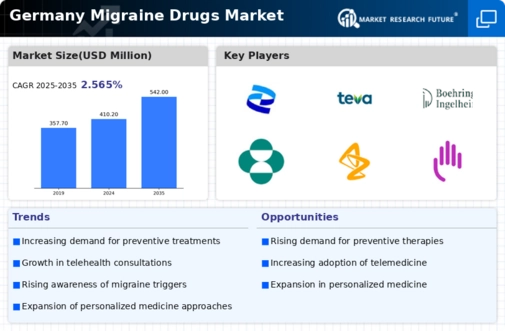
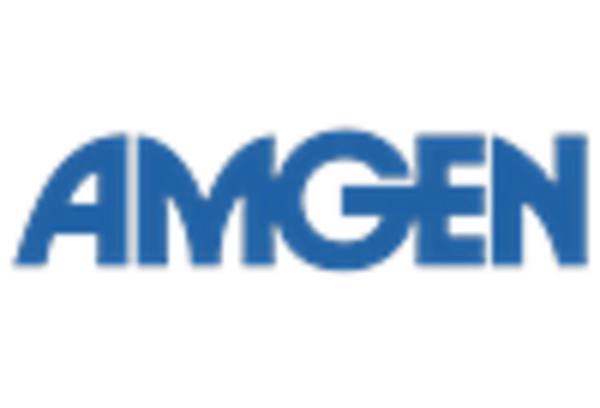
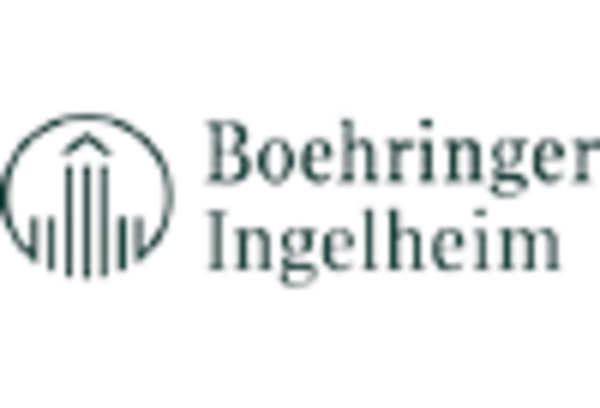
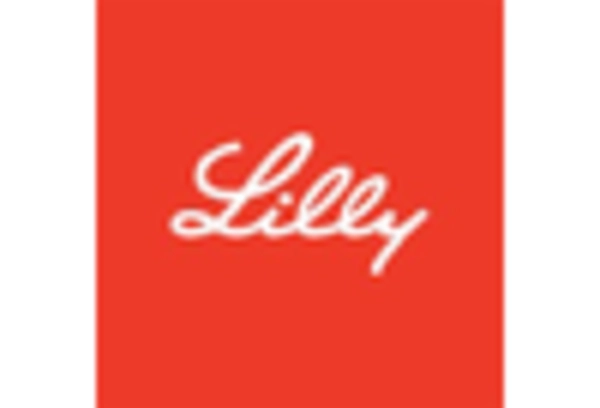

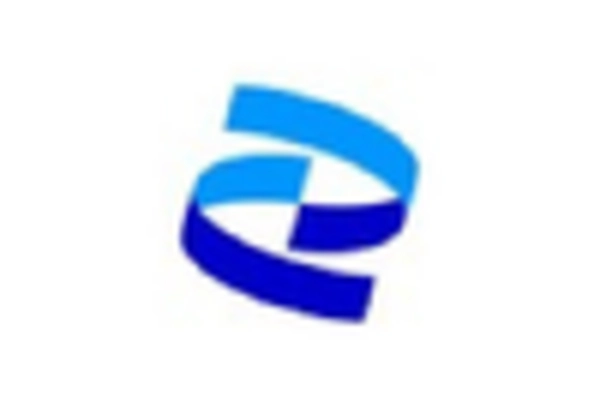
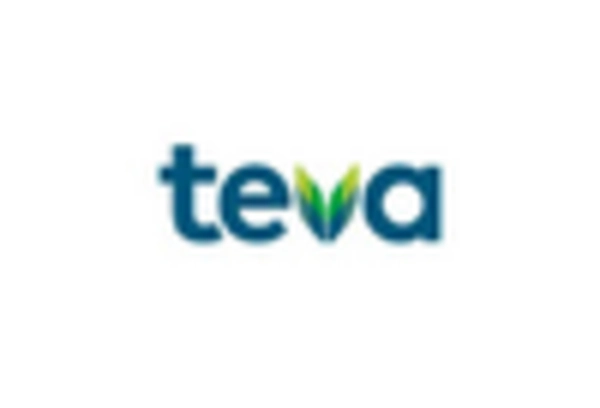








Leave a Comment